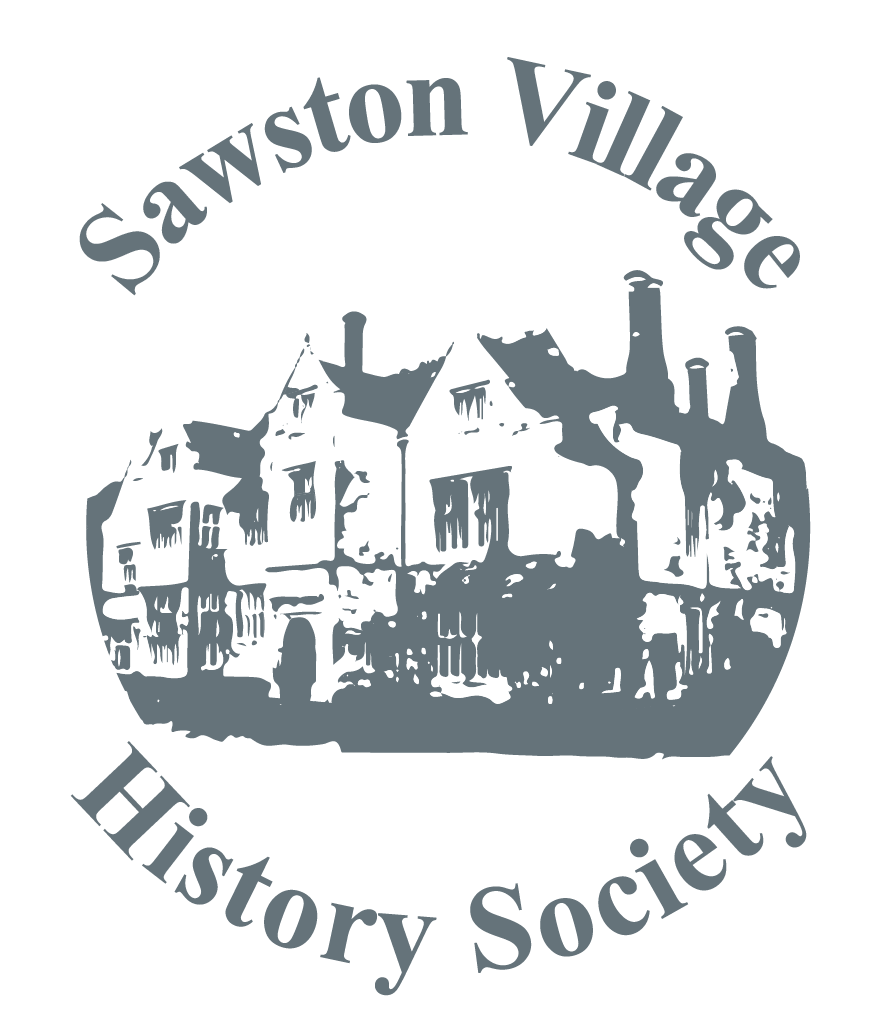
How many motorists realise that when driving up the A1M towards Peterborough there was a large POW camp just off junction 16 towards Stilton? This was one of the largest of such camps in use during the Napoleonic War from 1793- 1814. This was built specifically to house mainly French seamen, who were captured by the Royal Navy in the North Sea. Norman Cross was relatively far inland to make escape to a suitable port difficult, but reasonably accessible by road from London and the North Sea ports.
The POW camp, or Depot as it was quaintly called, was approximately 40 acres and divided into 4 quadrants, 3 of which had 4 barrack blocks of 30 x 7meters. It was designed to accommodate 500 prisoners in each block with 3 tiers of hammocks. There were thus around 7,000 prisoners at any one time. It remains a mystery of quite how the poor guys got into the highest hammocks. The 4th quadrant comprised a hospital, school for the children and accommodation for women. In the centre there was a tower with numerous slit windows so that any dangerous looking activities could be rapidly bought under control.
So what were the conditions like, bearing in mind that this was 100 years before the Geneva Convention? Well, of the 200,000 prisoners who passed through the camp during the 22 years of its existence, the recorded deaths were only 1770. These were mainly from diseases such as smallpox, measles, typhus, enteric fever, etc. Intriguingly, there were 25 deaths recorded as a result of falling out of hammocks. Twenty-seven prisoners were hanged during this time for making forged banknotes, which was a capital offence anyway. The daily food ration was similar to that “enjoyed” by seamen at that time and included 1½lb bread, ½lb beef, ½lb cabbage, ¼oz onion and 2 pints beer. This compared very favourably with what many local people had.
During their spare time many prisoners combined their expertise in the production of beautiful bone models, such as ships, which they then sold during open market days to the local populace in exchange for luxury items. ,One of these ships was featured on a recent Antiques Road Show, the proud owner being advised that it may fetch £7000. ,The largest ship was made by (surprise, surprise) American POWs captured during the 2nd War of Independence. The POWs were not allowed to sell straw plants (as that was deemed to be in competition with the local industry), obscene models and drawings and, of course, forged banknotes.
The prison was closed down in 1814 and sold at auction in 1816. All that remains now is the handsome Agents House, the agent taking the role of prison governor, who was a naval officer reporting to the Transport Board of the Admiralty. A memorial cross was erected in 1914 on the west side of the A1 and was surmounted by a bronze eagle. Sadly the monument was vandalised in 1990 and the eagle stolen. However, a replacement eagle was made and reinstalled on 2nd April 2005 at its relocated site by the side of the A15.
This site was recently the subject of a Time Team investigation in which Paul was fully involved. This will be screened during the spring of next year, so keep a look out for it
The Challis Trust report
Many people in the SVHS were pleased to note in the December – January Sawston Scene that the Challis Trust now acknowledges that the Sawston Museum may be located in the House. We are also delighted to be informed that the Charity Commission have not agreed to the Trust leasing of the 2 upper floors to a developer, and that some external work is now being carried out on the house.
An independent Friends group of the Challis House and Garden has been formed with the intention of working and cooperating with the Trust in restoring the house and ensuring it can be made available to the whole community. It would also be involved in fund raising, supporting the garden activities, and setting up a museum. Hopefully this can be achieved very soon.
Bruce Milner